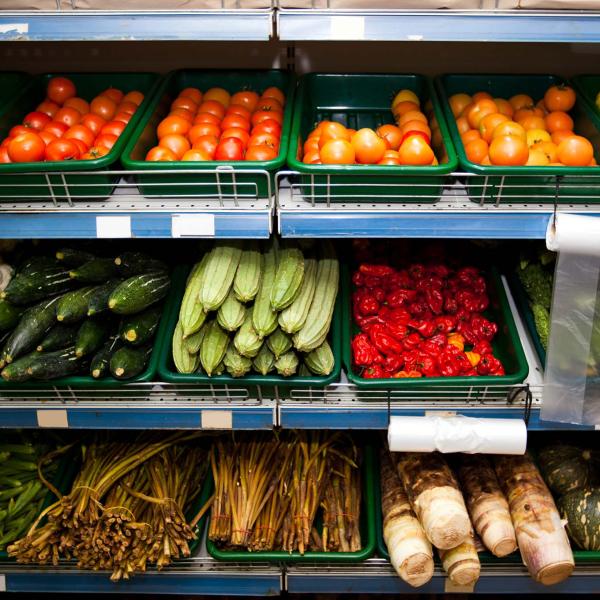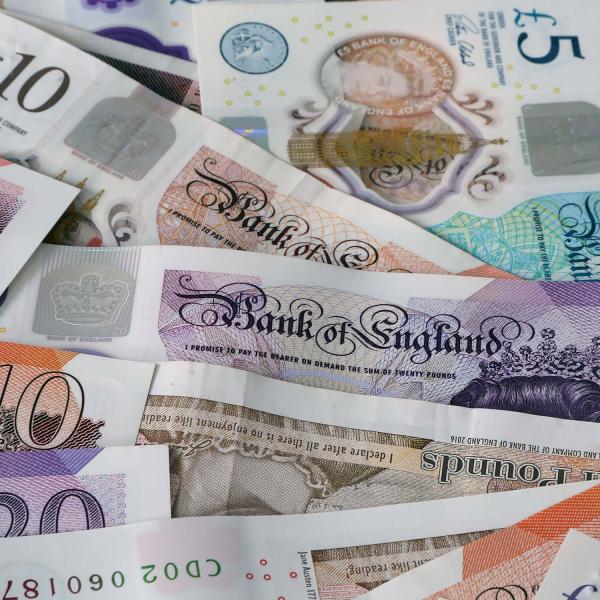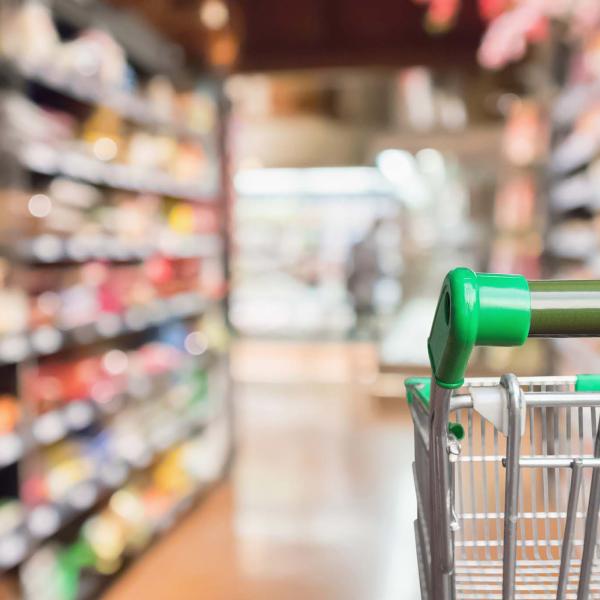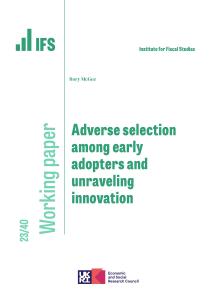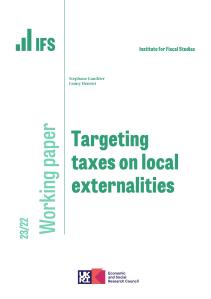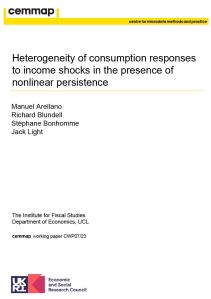By purchasing larger quantities of goods and saving them for future consumption households are able to reduce transaction costs and acquire goods at a lower price per unit, presuming they can manage the transportation and storage costs. This study uses variations in state income tax refunds over time to estimate consumption responses to lump-sum payments. Households purchase around 20 per cent more of easily stored toilet paper in the months in which tax refunds are issued, but do not increase purchases of perishables such as bread and eggs. In addition to purchasing more goods at a lower per-unit price, households also appear to increase the time until their next purchase, which implies that they are saving goods for consumption over time. These in-kind savings allow people to smooth their consumption over time, much like pecuniary savings. Government payments that provide lump-sum payments can benefit consumers by providing additional liquidity to buy and store goods at a lower cost
